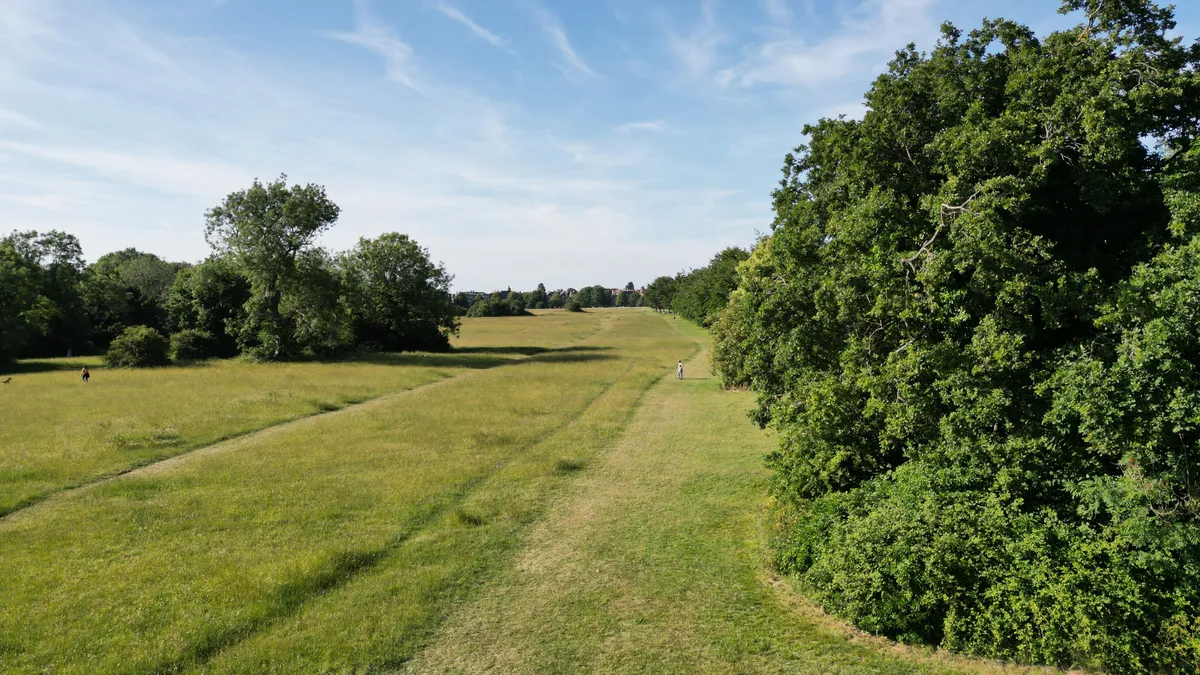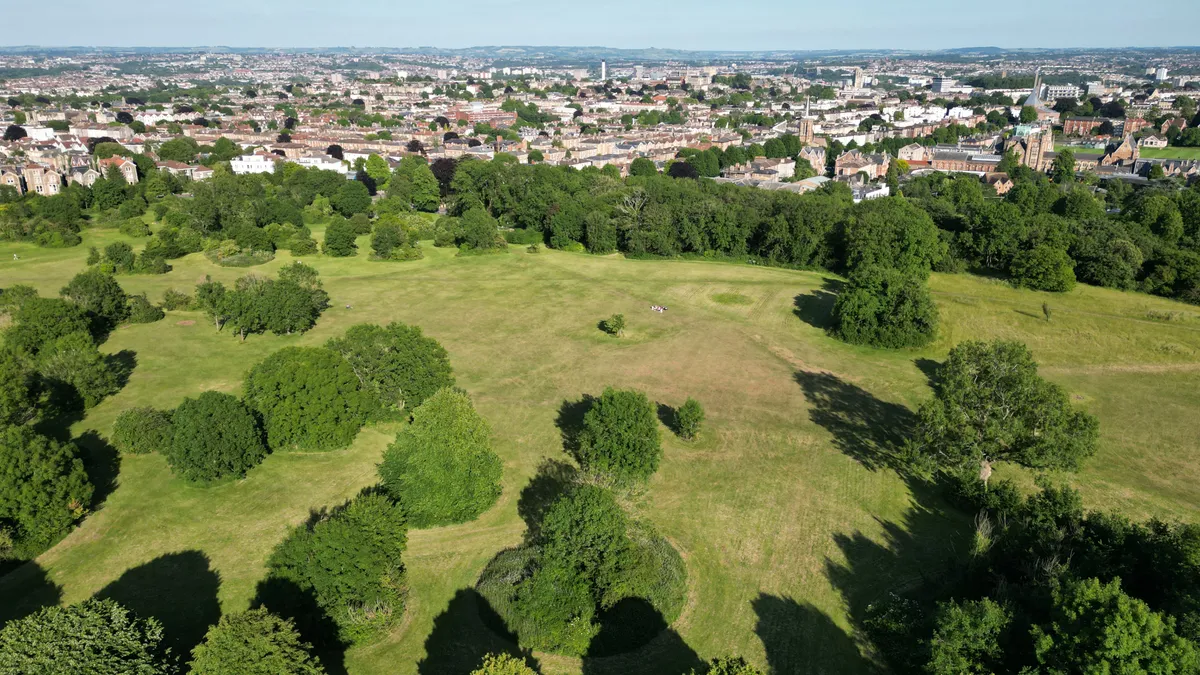According to the popular theory, it takes 10,000 hours to master a skill. With exactly 0 minutes of time flying drones, this didn’t fill me with confidence when it came to piloting DJI’s new £700 Mini Pro 3 drone.
And yet, in my time using it, I realised that DJI has managed to develop a jack-of-all-trades drone, letting a drone dummy like me quickly pick it up, while also offering a Pandora’s Box of advanced features for the more qualified drone pilots.
So, it's lightweight, easy to use and full of features that are accessible for any level of drone pilot, but is it worth the raised price compared to its predecessor, and is it the best drone for everyone?
Setting up the drone

Getting everything ready for lift-off is an experience that starts off daunting, but rapidly all makes sense. There’s the drone, batteries and a charger, and depending on which version you get, a controller with an attached screen or one with a spot to place your phone.
We tested the drone using the model with the attached screen. Once everything was all charged up, there was a request to create a DJI account, then it was simply a matter of downloading an update and we were ready to go.
When all folded up, the drone measures at about 145x90x62mm. That means it can sit comfortably on your hand, even with the propellers folded out, it doesn’t get much bigger.
One of the big selling points of this drone is its weight, coming in at less than 249g (about the weight of a small hamster). In a lot of regions around the world, that puts this drone under the weight limit for registration, meaning you can fly it without signing it up with an organisation that proves you have passed drone certifications.
Learning the controls
When you boot up the controller, you are greeted with a lot of information, buttons, features and functions. Through its display, you can see what the drone’s camera sees and are able to play with different settings, highlighting a target to track, change filming modes and a host of other buttons.
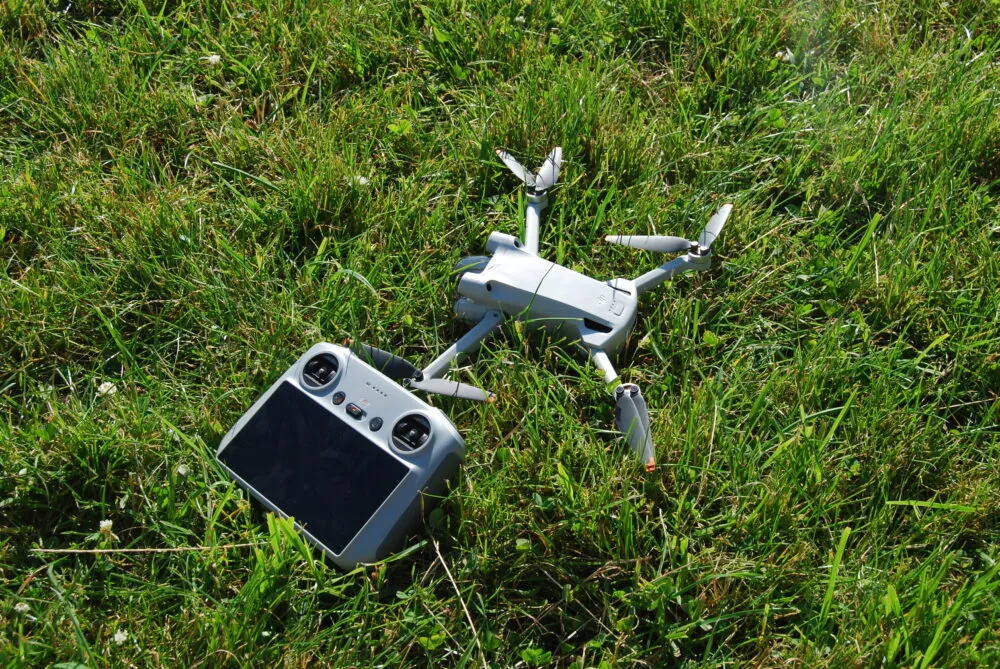
On the left hand side of the screen, you're presented with a map to show your location and on the right side is all of your filming and picture taking buttons. Here you can select different modes, change your aperture, switch to portrait or landscape and increase your zoom.
On top of the controller, there are also buttons for zooming in, changing the angle of the drone's camera and taking photos and starting to record video.
The flying experience
DJI has worked hard to make this a simplified drone experience. To take off, all you have to do is click a button on the screen and the drone will lift off the ground to about waist-height. The same goes for when you want to land.
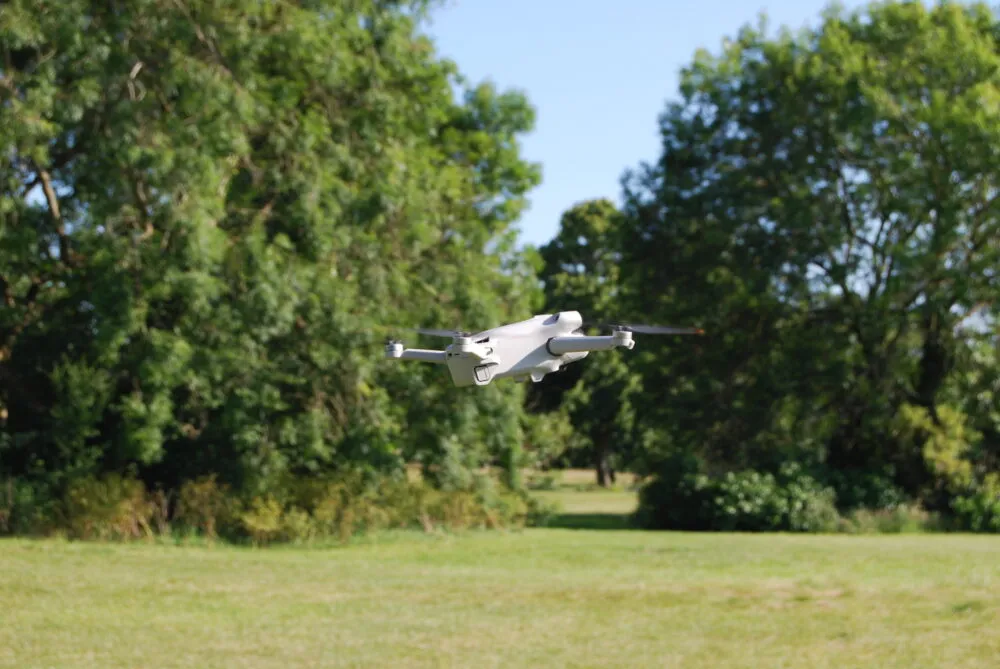
The left analog stick controls the drone height and rotation, allowing you to go up, down and spin. The right analog operates as your movement around, going forward, back, left and right. Using these two settings alone is simple, putting them together takes a bit more practice.
However, for those who maybe aren’t skilled enough to be pulling off cool manoeuvres and diving in-between trees and small gaps, DJI has put in some precautions.
There are sensors all over the camera that are used as obstacle avoidance. Get too close to an object and the Mini 3 Pro will correct itself, saving you from a painful, expensive crash.
If you are struggling to get the controls down, or just want to be a little more hands-free, there are also a number of features that give more control to the drone.
You can perform manoeuvres known as Quickshots. These allow you to shoot the drone up like a rocket while focusing on a target, spin it around someone in a 360 motion, shoot backwards from an object or person, or plenty of other manoeuvres.
You can also select a target so that the drone focuses on it while you fly about, or you can even choose a mode called FocusTrack. This keeps the camera on a particular target that you select and as you fly around, the camera will stay on them at all times.
This is perfect if you're following someone as they run, drive, cycle or generally move at a pace that is hard to normally keep up with.
Getting technical
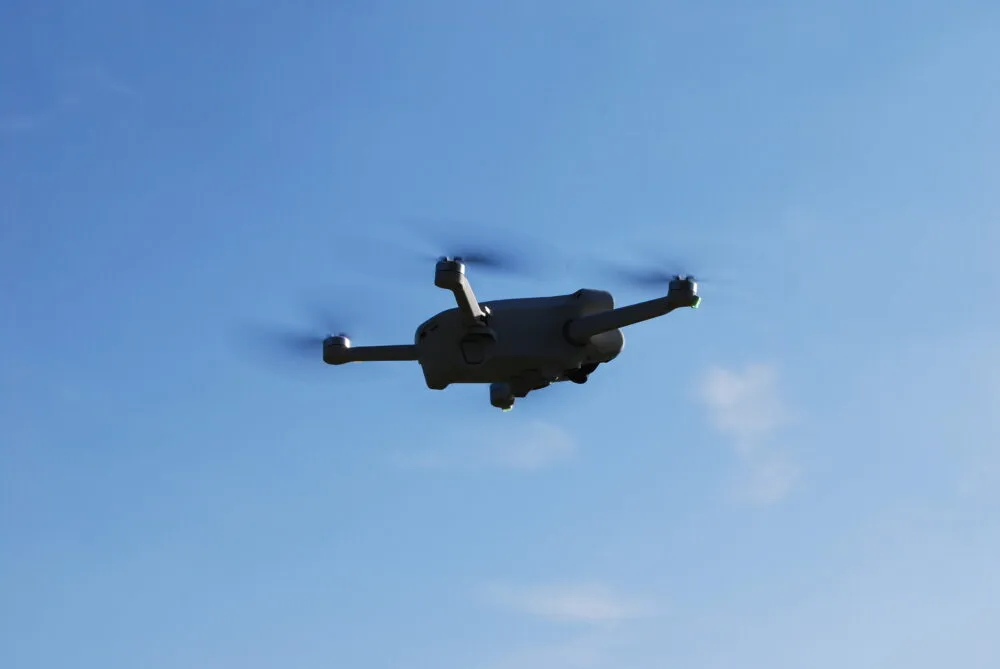
For the more experienced drone pilot, there are advanced settings available. DJI offers three modes with this drone: cine mode (slow), normal and sport (fast). While cine mode allows you to slowly track what you are filming, and will be best for most situations, those with some more flying experience can crank it up to sport mode.
However, keep in mind that in sport mode you will loose obstacle avoidance so you need to be able to proficiently fly the drone at fast speeds.
While testing the drone, I mostly used the cine mode, finding this the best speed for most situations.
You can also enter a manual mode on your controller. In here, you can control shutter speed, ISO and white balance, if you are a more advanced film maker.
Video and photo quality
Despite its smaller and more portable design compared to the brand's other drones, the DJI Mini 3 Pro still produces excellent images and videos.
When recording video, the Mini 3 Pro can achieve 4K/30 frames per second (FPS) footage. However, if you want a smoother level of video, you can increase the FPS all the way up to 120fps with a reduction in the quality as you increase the frame rate.
As for images, the drone features a 12.1MP sensor, able to take 48 megapixel (MP) photos. In most scenarios, especially large scenic shots, the image quality is really impressive.
Both images and videos represent the real-world quality well, accurately displaying colours and the level of light. However, in large scenic images, it can struggle with minor details at a distance.
While testing the drone on a very sunny day, it did suffer from some over-exposure, especially when shooting from higher vantage points.
Verdict
If you’re in the market for a new drone, the DJI Mini 3 Pro feels like a hard one to pass up. Yes, there are cheaper options out there, and other more sturdy, feature-rich drones too, but the Mini 3 Pro sits perfectly in the middle.
For beginners, this a great place to start, offering a simple operating system, and when you’re ready, there is a treasure trove of more advanced settings to get stuck in with.
For those with more advanced drone knowledge, this shouldn’t be off-putting. The lightweight nature of this drone is one of its big selling points and DJI has made sure to cram the device full of pro filming features for those willing to push the boat out.
Alternatives
DJI Air 2S
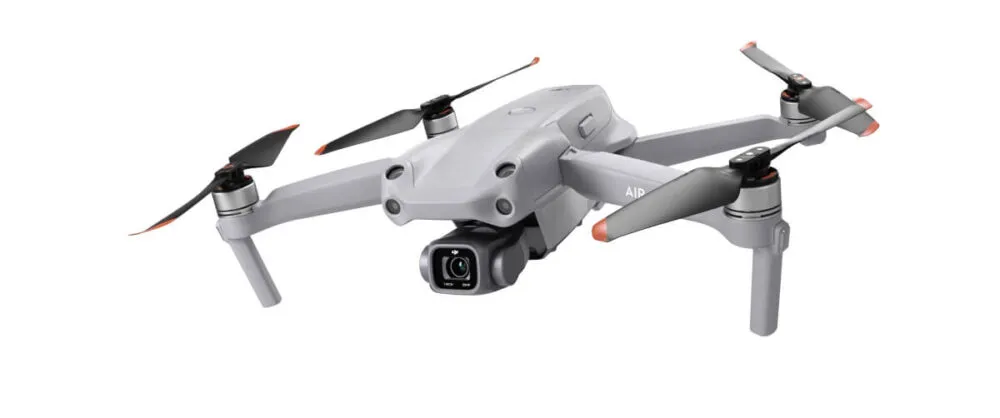
The DJI Air 2S is both a larger, and more expensive drone compared to the DJI Mini 3 Pro. However, for that increase in price and size, you see a considerable upgrade in quality.
While the DJI Mini 3 Pro is limited to 4K, the Air 2S shoots in up to 5.4k, it also offers a larger aperture. The Air 2S will be a better choice if you're looking for a higher quality video performance and don't mind paying more.
DJI Mini 2
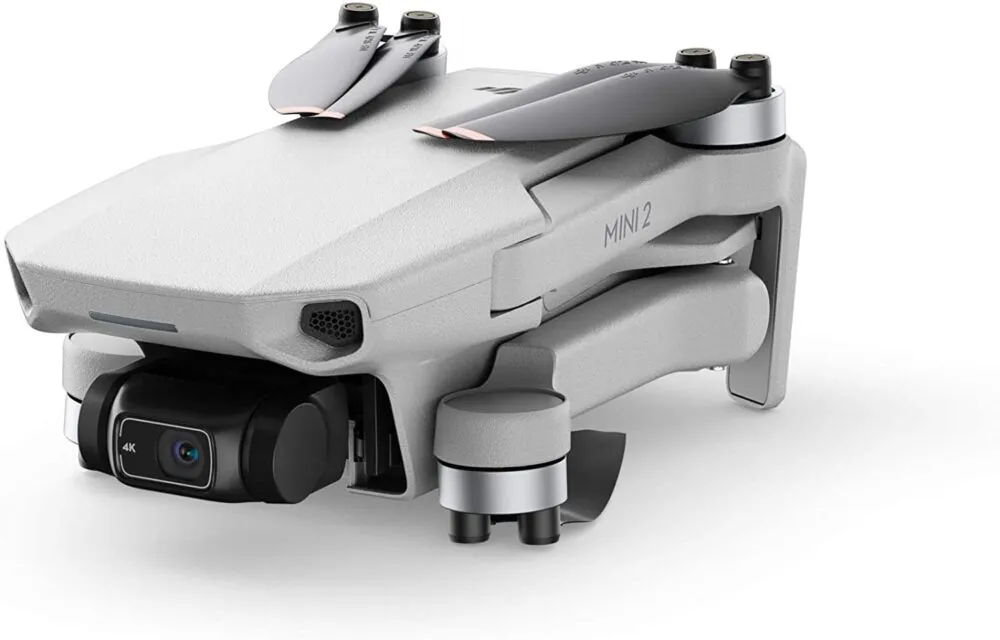
The predecessor to the DJI Mini 3 Pro, this drone is a way to get a lightweight and portable drone, but at a far lower price than the 3 Pro.
It will cost you almost half the price of 3 Pro and still weighs the same 249g. However, it does have a shorter battery life in comparison, the camera isn't quite as high-tech and there is a slightly shorter range.
Really, you are making a few sacrifices for a lower price.
Autel Evo Lite+
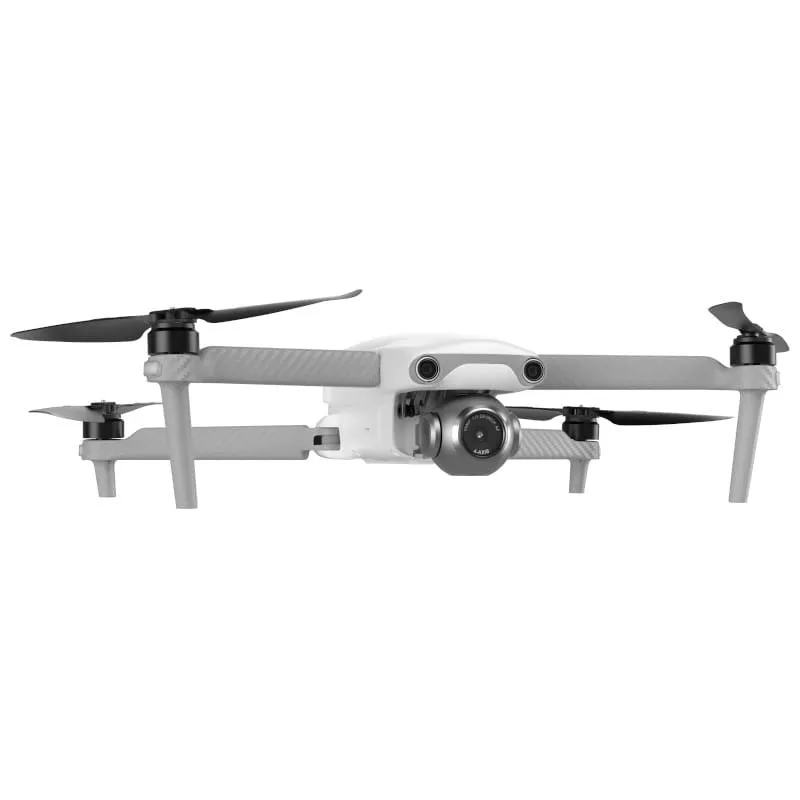
Autel is arguably the biggest competitor to the dominating DJI and the Evo Lite+ is a great drone to invest in. However, it is well worth keeping in mind the price as Autel's drones are pretty pricey.
While the extra money is off-putting, the significantly longer flight time, adjustable aperature and can record at 5.4K at 30fps. Keep in mind that it is also heavier and larger than the DJI Mini models though.
Read more:
